New observations suggest elongated gas filaments that stretch into space may be feeding supermassive black holes.
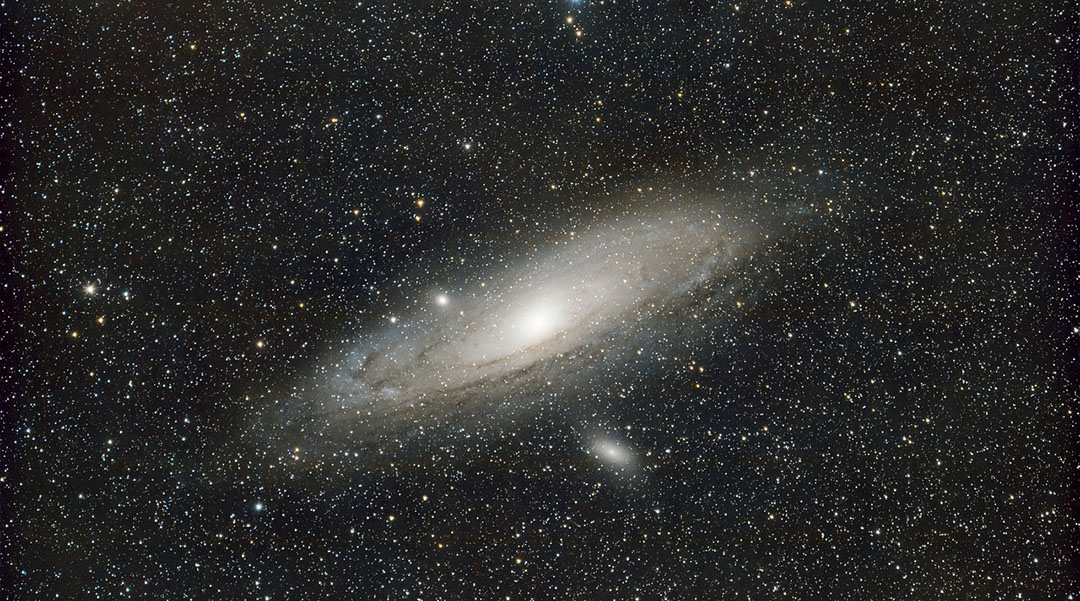

New observations suggest elongated gas filaments that stretch into space may be feeding supermassive black holes.
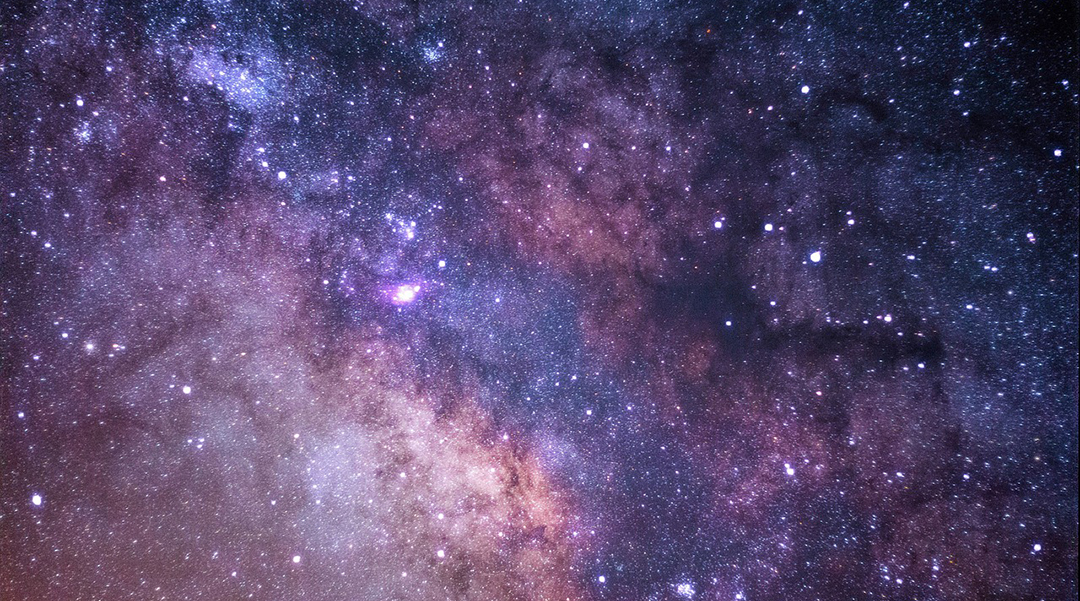
Hubble’s deep near-infrared campaign reveals more supermassive black holes in the early universe than previously expected.
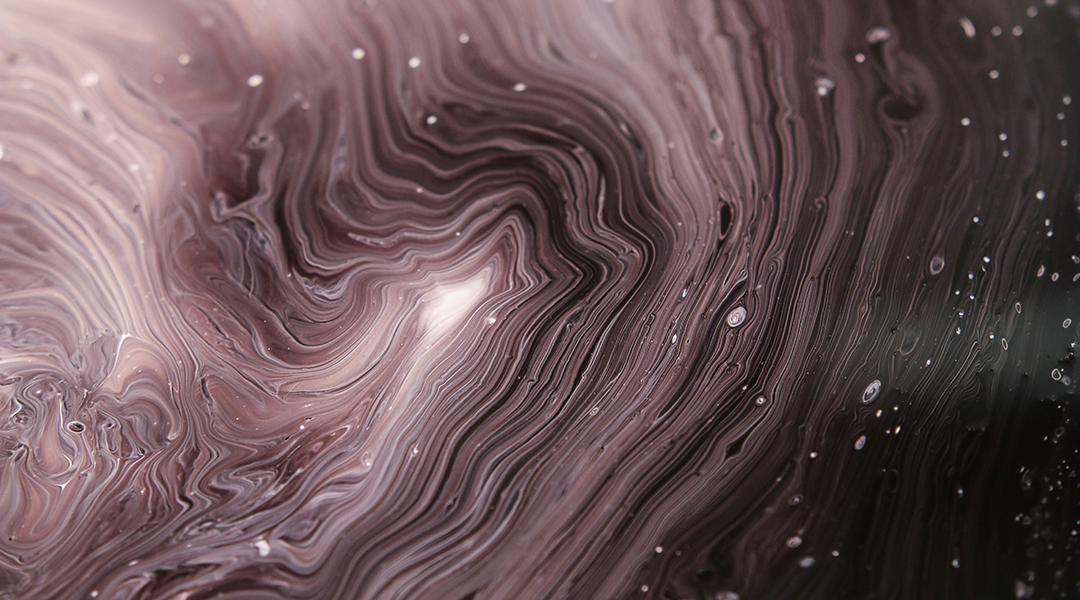
Scientists theorize that cosmic strings interacting with dense matter in the early universe provided the seeds for galaxies and black holes.
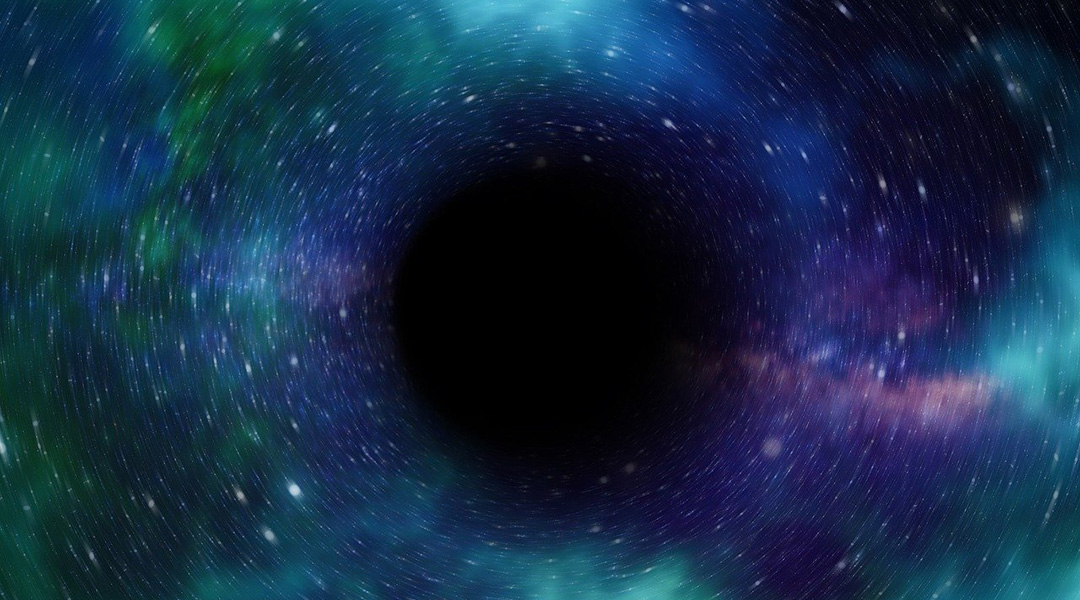
The new findings contradict most observations of supermassive black holes, making this an unprecedented discovery.
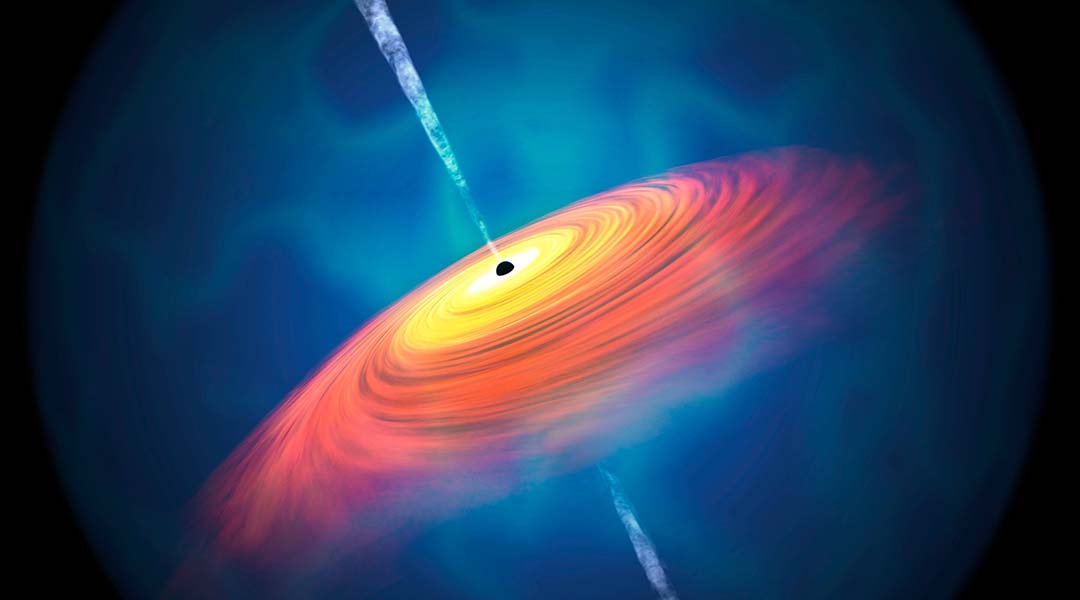
Scientists have only observed supermassive black holes one billion years after the Big Bang, but astrophysicists have now breached this barrier.
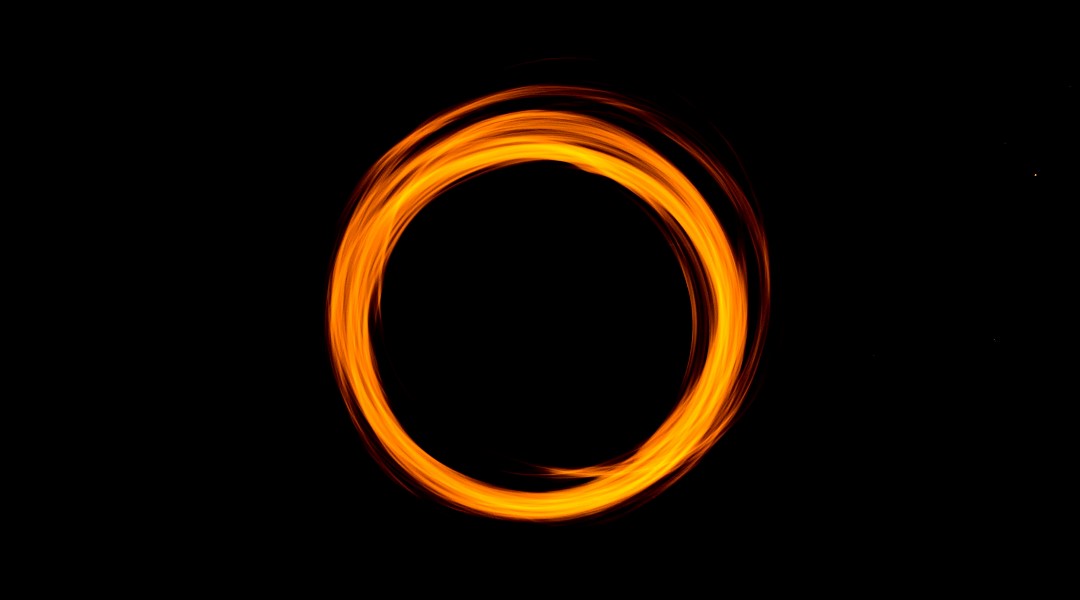
Is it time to start looking for alternatives to WIMPs?
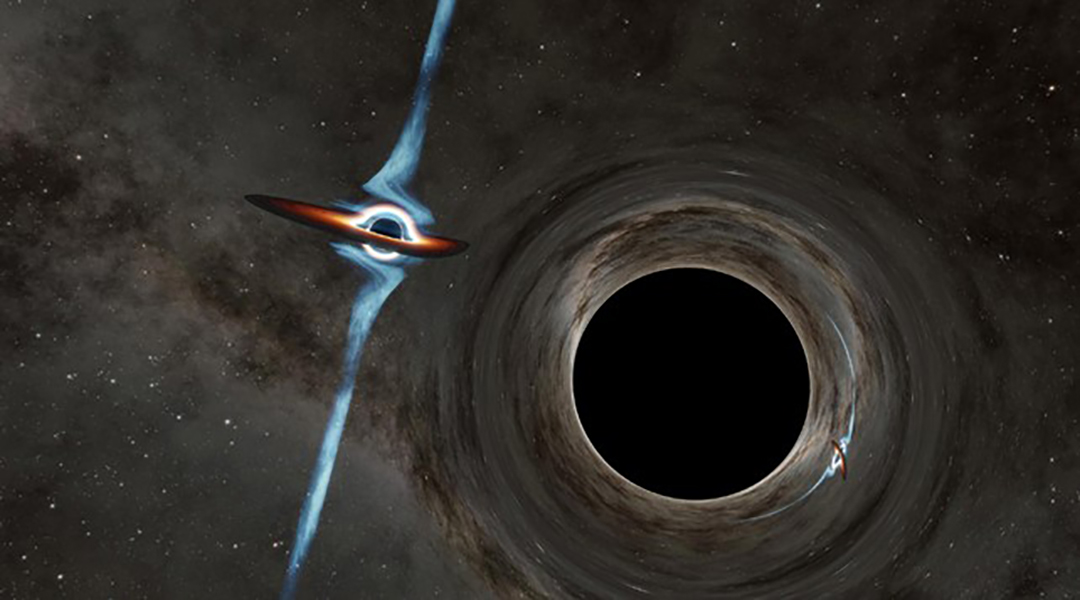
45 years worth of radio telescope observations have identified a pair of supermassive black holes at the core of two galaxies set to merge.
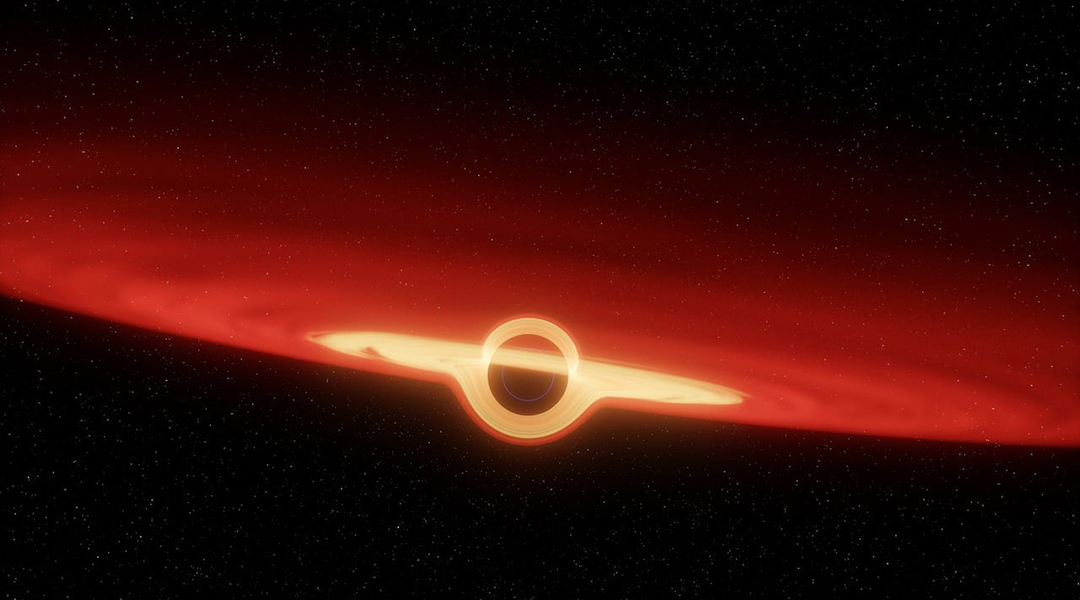
Small primordial black holes could have consumed the interiors of planets or asteroids, leaving their outer shells intact.
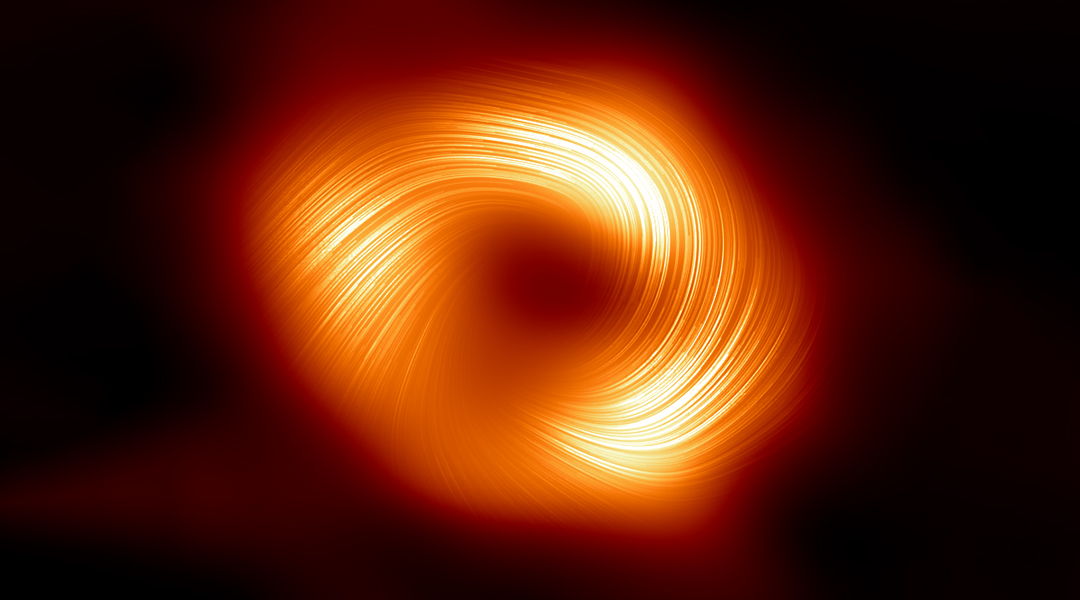
Images of the supermassive black holes wouldn’t have been possible if mimetic gravity was the right recipe for gravity.
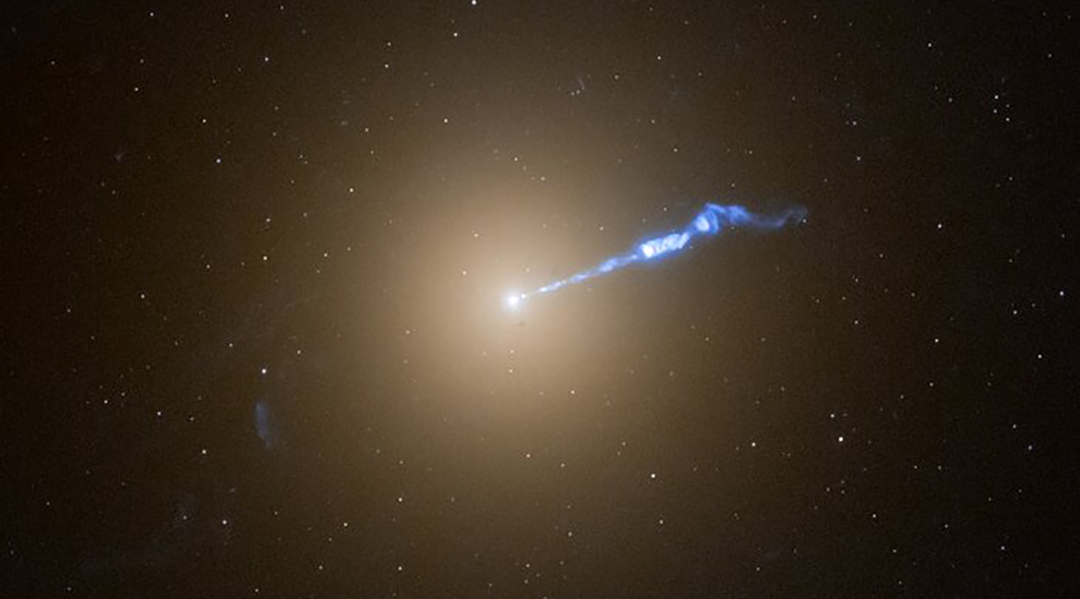
Using the Hubble Space Telescope, astronomers discovered the jet from a black hole, triggering nova explosions along its path.